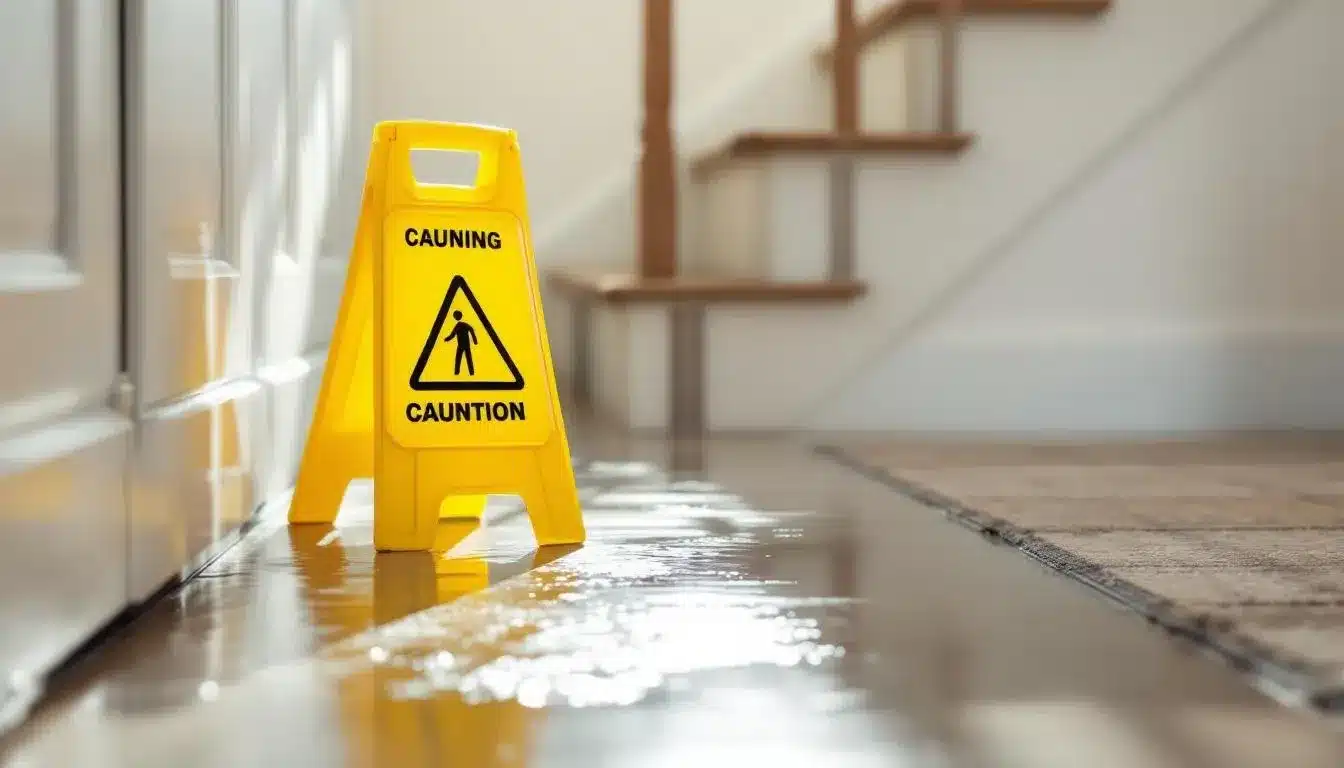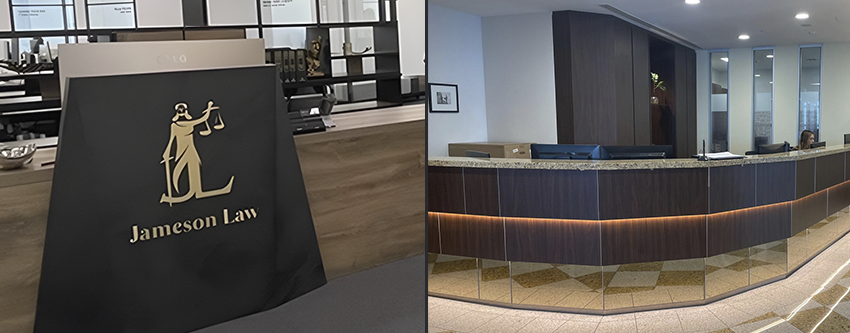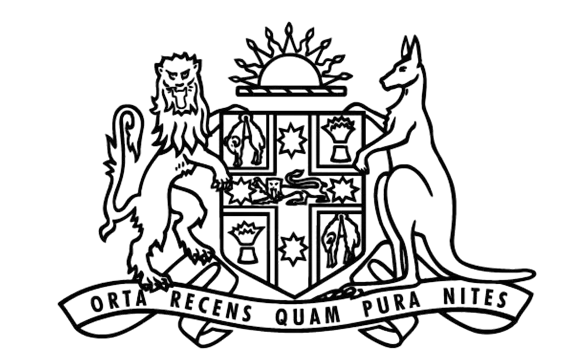At Jameson Law, we often encounter clients wondering about the extent of their homeowners insurance coverage. Many homeowners are unsure if their policy protects them against personal injury claims.
In this post, we’ll explore the question: Does homeowners insurance cover personal injury to the homeowner and others? We’ll break down the types of coverage typically included in homeowners insurance policies and examine when personal injury claims are covered or excluded.
What Does Homeowners Insurance Cover?
Property Protection
Homeowners insurance serves as a critical safeguard for property owners in Australia. It offers financial protection against various risks related to your home and its contents. A standard homeowners insurance policy typically covers damage to your house and other structures on your property. This includes protection against events like fire, storms, and theft. The Insurance Council of Australia reports that in 2022, the average home and contents insurance claim count increased by 28%, which underscores the importance of adequate coverage.
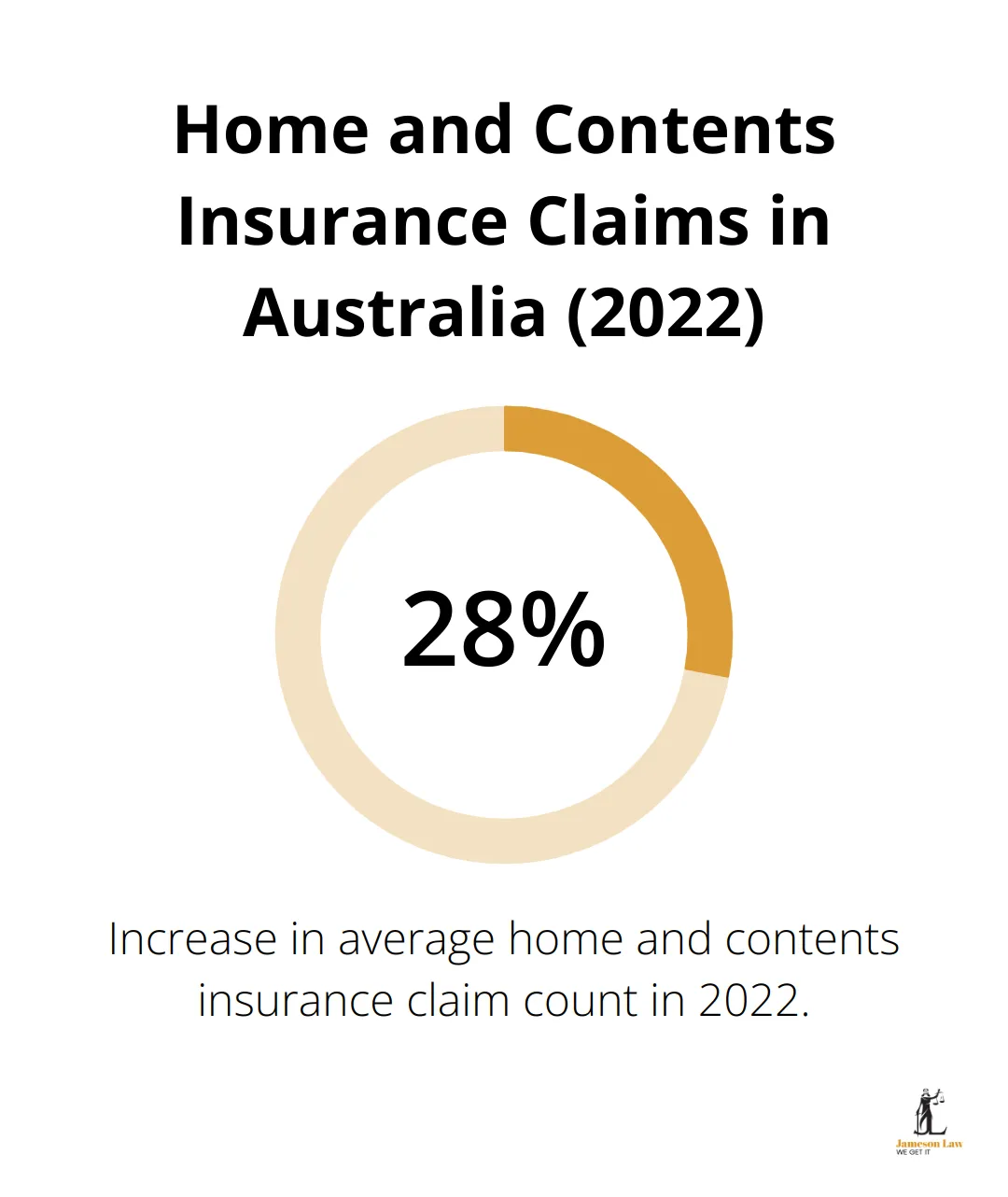
Personal Liability Coverage
An often overlooked aspect of homeowners insurance is personal liability protection. This component covers you if someone sustains an injury on your property due to your negligence. For example, if a visitor slips on a wet floor in your home and breaks their arm, your insurance could cover their medical expenses and any legal costs if they decide to sue. This protection can save homeowners from significant financial burdens (and potential legal headaches).
Contents Insurance
Most homeowners insurance policies also protect your personal belongings. This includes furniture, clothing, and electronics. Australia’s average house contents value sits at approximately $102,700, which emphasises the need for comprehensive coverage. Without proper insurance, replacing these items out of pocket could be financially devastating.
Additional Living Expenses
Many policies also cover additional living expenses (ALE) if your home becomes uninhabitable due to a covered event. This can include hotel bills, restaurant meals, and other costs incurred while your home is being repaired or rebuilt. This coverage can provide peace of mind during stressful situations.
Natural Disaster Coverage
In Australia, where natural disasters are not uncommon, it’s important to note that standard homeowners insurance might not cover all types of natural disasters. Home insurance can cover a wide range of Australian natural disasters, such as fires, cyclones, earthquakes and floods. It’s crucial to review your policy carefully and consider your location-specific risks.
Understanding the extent of your homeowners insurance coverage is essential for protecting your assets and financial well-being. However, it’s equally important to recognise that while homeowners insurance provides broad coverage, it’s not all-encompassing. Let’s explore some situations where personal injury might not be covered under your homeowners insurance policy.
What Personal Injuries Does Homeowners Insurance Cover?
Common Covered Injuries
Homeowners insurance in Australia typically covers a range of personal injuries that occur on your property. This coverage falls under the personal liability protection component of your policy. It protects you financially if you accidentally injure someone or damage their property.
Slip and fall accidents top the list of personal injury claims covered by homeowners insurance. The Australian Institute of Health and Welfare reports that unintentional falls remain the leading cause of injury hospitalisation and death among women.
Dog bites represent another frequent personal injury claim. If your dog bites a visitor or passer-by, your homeowners insurance usually covers the medical expenses and potential legal costs. However, some insurers may exclude certain breeds or require additional coverage for dogs with a history of aggression.
Injuries from falling objects, such as a tree branch or a loose roof tile, also typically receive coverage. These incidents highlight the importance of regular property maintenance to prevent such accidents.
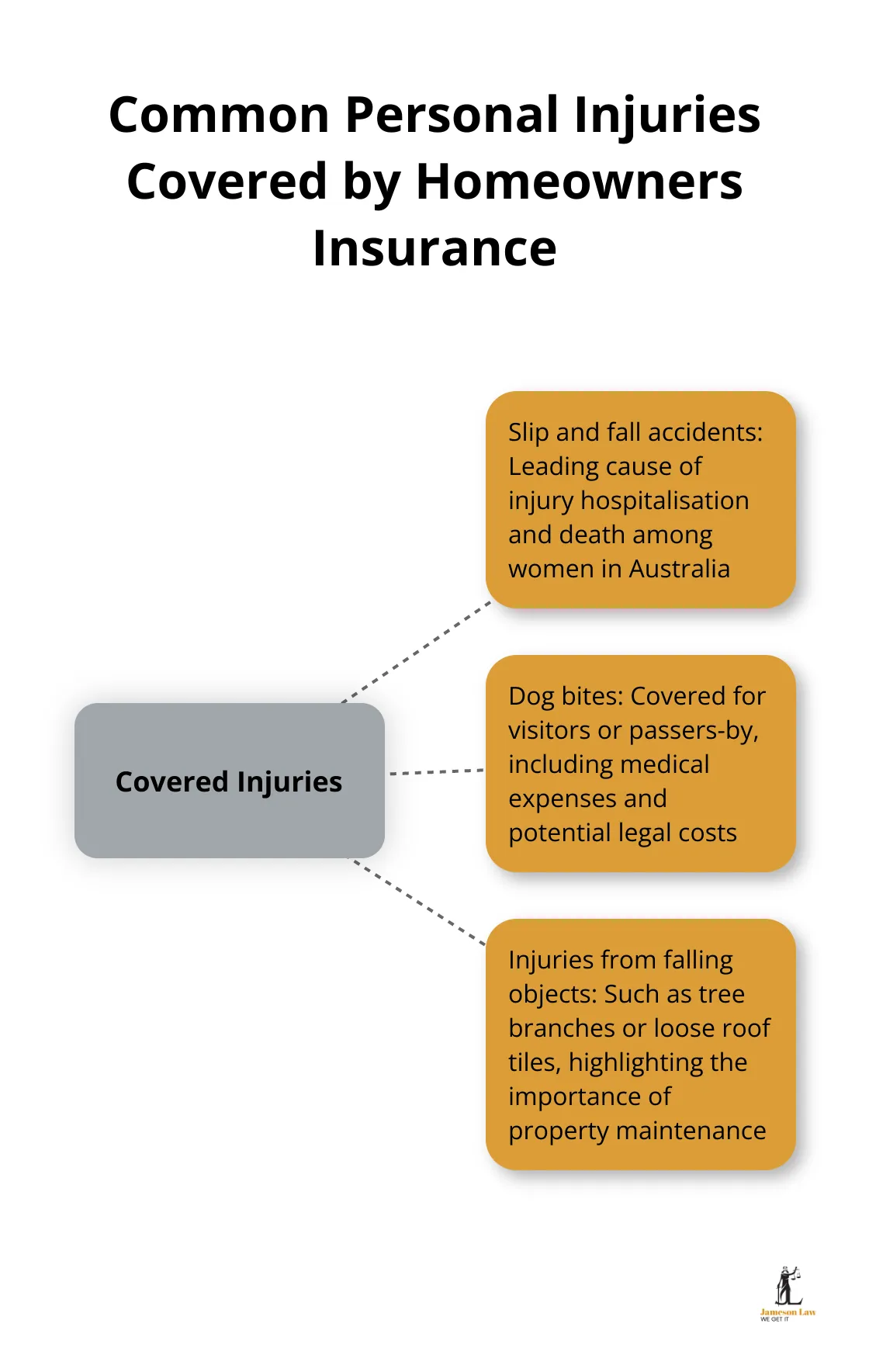
Coverage Limits and Considerations
While homeowners insurance provides substantial protection, you must understand the limits of your policy. Most Australian policies offer liability coverage ranging from $10 million to $20 million. However, this can vary depending on your insurer and specific policy.
Personal injury coverage under homeowners insurance doesn’t extend to intentional acts or gross negligence. For instance, if you deliberately harm someone or your negligence is deemed extreme, your insurance likely won’t cover the resulting injuries.
Additionally, injuries to household members (including family and long-term guests) often lack coverage. This is because personal liability protection covers claims from third parties, not those living in your home.
Policy Review Importance
The complexities of personal injury coverage necessitate regular reviews of your homeowners insurance policy. The Insurance Council of Australia recommends that you familiarise yourself with your Product Disclosure Statement (PDS) to fully understand your coverage details.
If you’re unsure about your coverage or need advice on a specific incident, legal counsel can provide invaluable assistance. Expert guidance on navigating insurance claims and ensuring adequate protection can make a significant difference in the outcome of your case.
Exclusions and Special Circumstances
It’s important to note that homeowners insurance policies often contain specific exclusions. For example, injuries resulting from business activities conducted on your property might not receive coverage. If you operate a home-based business, you may need to consider additional business liability insurance.
Some policies also exclude coverage for certain high-risk activities. For instance, if you have a trampoline or swimming pool on your property, your insurer may require additional safety measures or even exclude coverage for related injuries altogether.
The Role of Negligence
In personal injury claims, the concept of negligence plays a central role. For your homeowners insurance to cover a personal injury, you typically must be found negligent in some way. This could involve failing to maintain your property safely or not warning visitors about potential hazards.
Understanding these nuances of personal injury coverage in homeowners insurance policies can help you make informed decisions about your coverage. However, there are situations where homeowners insurance may not cover personal injuries. Let’s explore these scenarios in the next section.
When Homeowners Insurance Doesn’t Cover Personal Injury
Intentional Acts and Gross Negligence
Personal injury from intentional acts or gross negligence is typically not covered by homeowners insurance. If you harm someone on purpose, your insurance won’t pay for damages. The same applies if your actions are extremely careless.
For instance, if you leave a dangerous hazard on your property and someone gets hurt, your insurer might refuse coverage. They could argue that your negligence was too severe. Ordinary negligence principles may apply, except where compelling policy considerations exist.
Business-Related Injuries
Standard homeowners insurance often excludes injuries related to home-based businesses. This gap can expose you to significant liability.
While the exact number of home-based businesses is not confirmed, if you operate a business from home, you should consider separate business liability insurance. It protects against work-related injury claims.
Insurance considerations for home-based businesses include public liability insurance and home-based business insurance to manage risk, even if not always required by law.
Injuries to Household Members
Homeowners insurance protects against third-party claims, not injuries to people living in your home. If a family member or long-term guest gets hurt on your property, your policy probably won’t cover their medical expenses or related claims.
High-Risk Activities
Some policies exclude coverage for certain high-risk activities. If you have a trampoline or swimming pool, your insurer might require additional safety measures. They might even exclude coverage for related injuries altogether.
Policy Limits and Exclusions
While homeowners insurance offers substantial protection, you must understand your policy’s limits. Most Australian policies provide liability coverage from $10 million to $20 million. However, this can vary depending on your insurer and specific policy.
The Insurance Council of Australia recommends that you read your Product Disclosure Statement (PDS) to fully understand your coverage details. Regular policy reviews can help ensure you have appropriate coverage for your specific situation.
Final Thoughts
Homeowners insurance protects against many personal injury claims, but it does not cover personal injury to the homeowner. This insurance shields property owners from financial burdens related to common incidents like slip and falls or dog bites. However, it’s important to understand the limitations and exclusions of your policy, such as intentional acts or business-related injuries.

Regular policy reviews are essential as insurance needs may change with circumstances. Stay informed about your coverage limits and any additional protections you might require. This proactive approach will help you avoid unexpected gaps in coverage and ensure adequate protection.
For complex situations, legal professionals can provide valuable guidance. They can interpret policy language, advise on liability issues, and assist with the claims process. Our team at Jameson Law specialises in personal injury matters and can offer expert advice tailored to your unique situation (we can help you understand your rights and obligations).



